Yarlung Zangbo Grand Canyon
The Yarlung Zangbo Grand Canyon is the deepest canyon on earth. According to the data released by the State Bureau of Surveying and Mapping, the Grand Canyon starts from the village of Daduka (3,000 meters above sea level) in Pailong County in the north, turns the Yarlung Zangbo River and goes south to the village of Baxika (115 meters above sea level, near Assam State, India) in the south of Tibet.
The 504.6 kilometers long, the deepest 6009 meters, the average depth of 2268 meters, is the world's largest canyon beyond doubt. It is much larger than the second largest Canyon in the world, the Grand Canyon in the United States (2133 meters deep, 370 kilometers long) and the Colca Canyon in Peru (3203 meters deep, 90 kilometers long).
There are four rare waterfalls on the canyon bed in the unmanned reach of the Grand Canyon, some of which fall between 30 and 50 meters. The canyon has nine vertical natural zones, ranging from alpine ice and snow zones to low valley rainforests, and brings together a wide range of biological resources, including 2/3 of the known higher plant species on the Qinghai-Tibet Plateau, 1/2 of the known mammals, 4/5 of the known insects, and 3/5 of the known large fungi in China.
It splits the mountain barrier of water vapor exchange between the Qinghai-Tibet Plateau and the Indian Ocean, and continuously transports water vapor to the interior of the plateau, thus making the southeastern part of the Qinghai-Tibet Plateau a green world, and some places a southern part of the Yangtze River in Tibet.
Yarlung Zangbo River turning: the general guide Jiafeng (Nanga peak) around the big turning of Nanga (in Linzhi County Pailong Township), the broad sense that the Yajiang River turning a lot of big, in Motuo County, there are about 12 kilometers of fruit pond turning and so on.
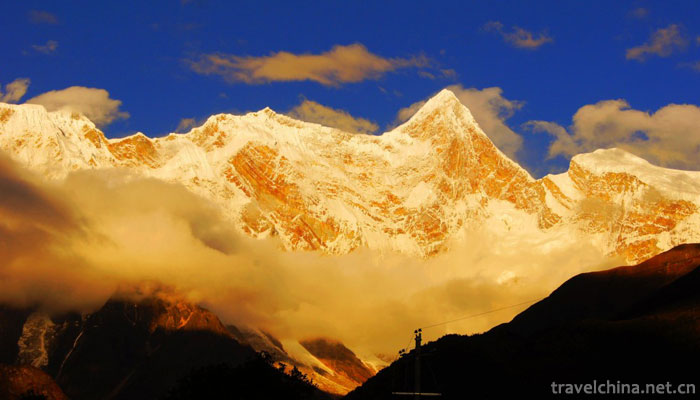
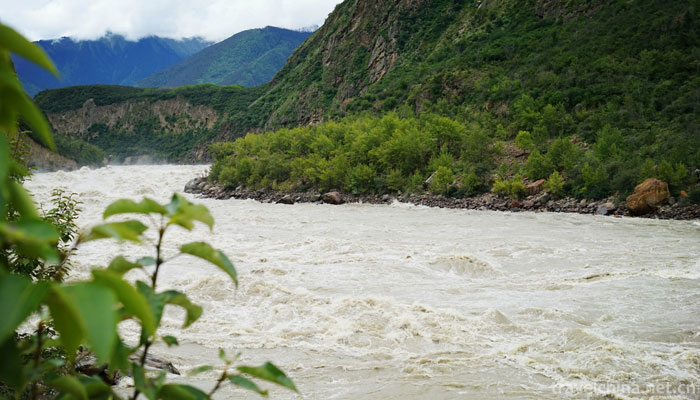
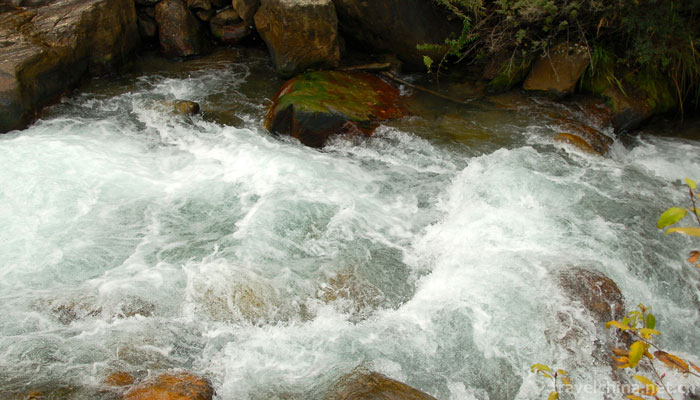
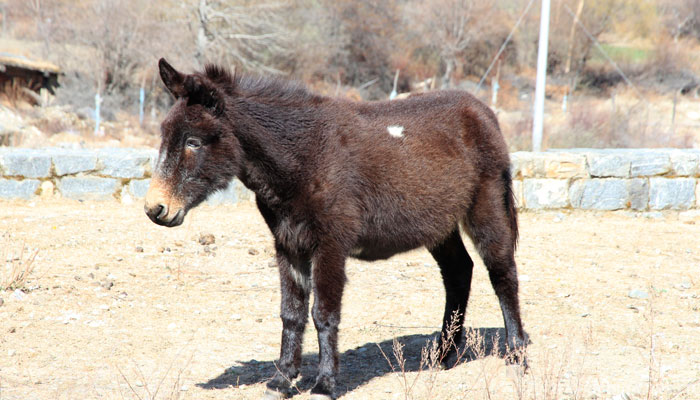
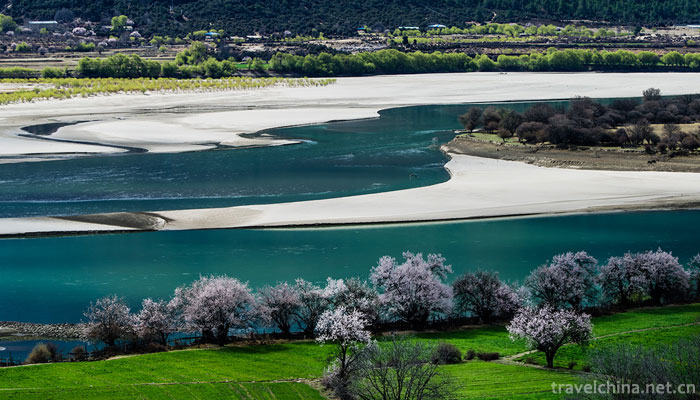
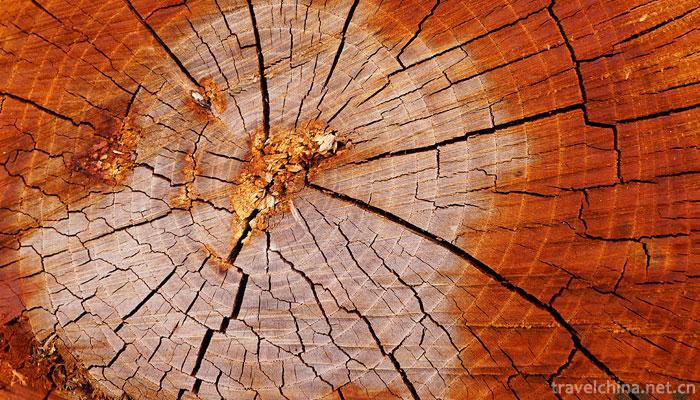
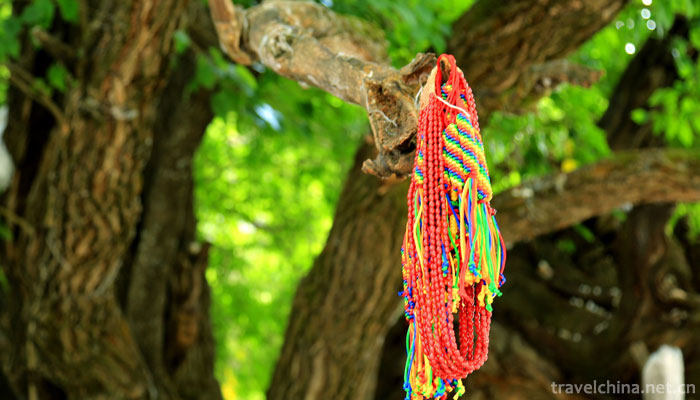
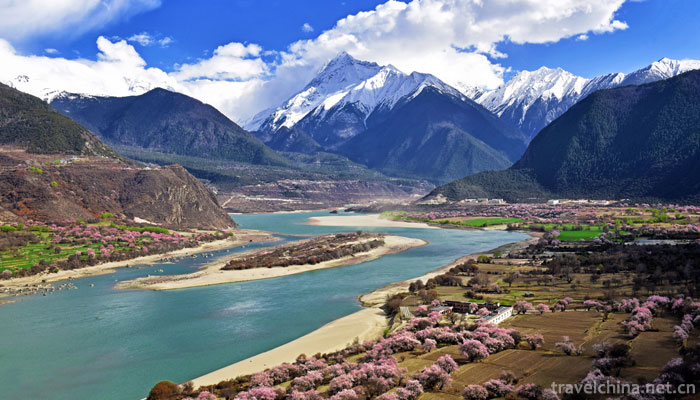
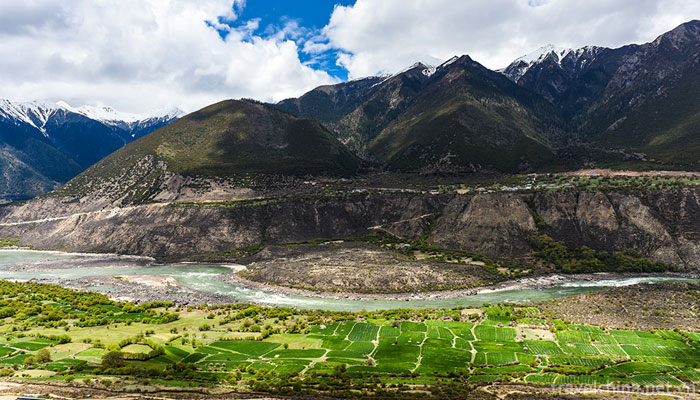
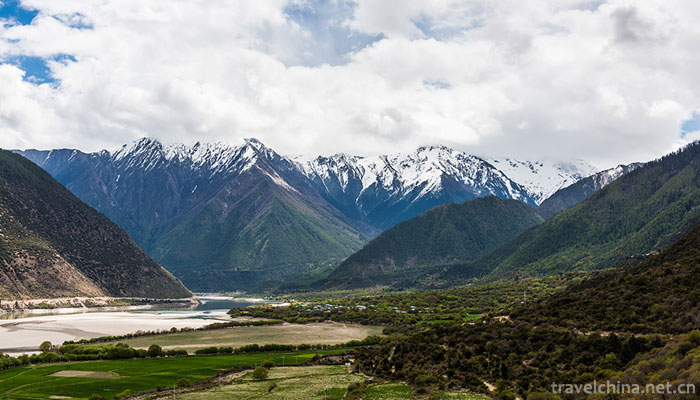
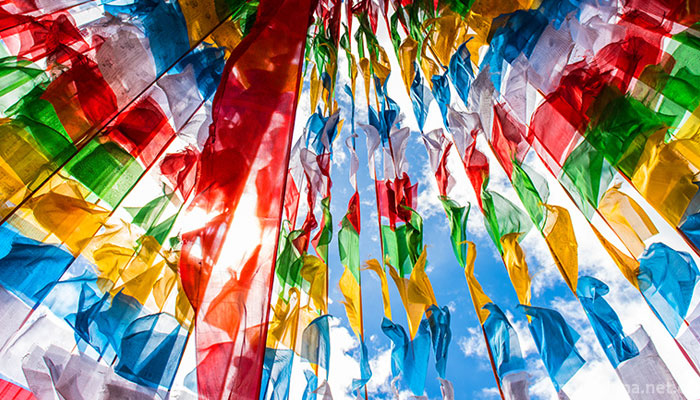

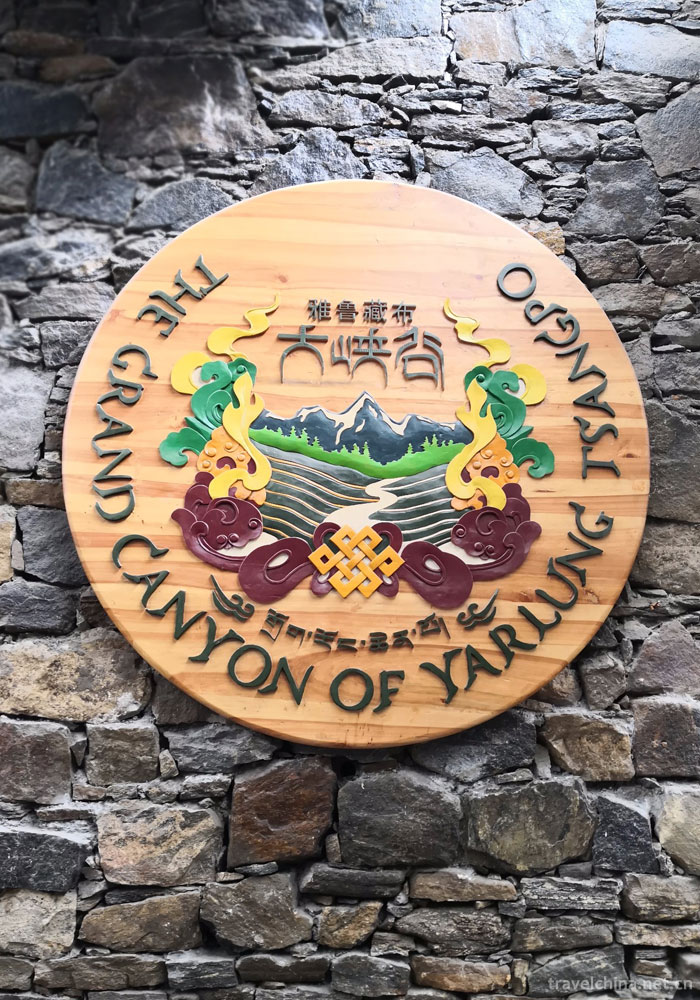

-
2.Shanghai Zoo
Shanghai Zoo is located at 2381 Hongqiao Road, Changning District, Shanghai, which is close to Shanghai Hongqiao International Airport. Founded in 1954, originally known as the West Suburb Park. Shang
Time 2018-12-19 -
3.Tianzhu Mountain National Forest Park
Tianzhushan National Forest Park, a national 4A-level tourist attraction, is located in Tianzhushan Town, 30 kilometers southeast of Shanyang County Town, Shaanxi Province, south of Huling and north o
Time 2019-02-22 -
4.Yangshan Ancient Town International Military Tourism Resort
Yangshan Ancient Town International Military Tourism Resort is located in Yangshan Town, Jinxiang County, Southwest Shandong Province. Yangshan Ancient Town International Military Tourist Resort is a
Time 2019-03-02 -
5.memorial ceremony for Confucius
The sacrifice to Confucius is a grand sacrifice ceremony held mainly in Confucian temples for the sake of revering and remembering Confucius, which is a miracle in the history of world sacrifice and h
Time 2019-05-05 -
6.Dragon Dance
Dragon dance, also known as "Dragon Dance", is also called "Dragon Dance", "Dragon Lantern Dance" or "Dragon Dance Lantern Dance", one of the traditional Chines
Time 2019-05-14 -
7.Naxi Remei Biao
"Remei Biao" is also known as "Wo Yo Ye", which is a collective folk custom that has been spreading for thousands of years. There are more than ten people at least and hundreds of
Time 2019-06-07 -
8.Umbrella Making Skills
Oil-paper umbrella is one of the traditional handicraft products in China. As a kind of paper or cloth umbrella originating in China, it has also spread to various parts of Asia, such as Korea, Vietna
Time 2019-06-12 -
9.Bronze drum dance
Tonggu dance is one of the most popular and influential ancient dances among the Zhuang and Yi people in Wenshan Zhuang and Miao Autonomous Prefecture of Yunnan Province. It is distributed in Zhuang a
Time 2019-06-21 -
10.Gufo weir
Located in Huanglongxi section of Jinjiang River in Chengdu, Gufo weir was built in the 25th year of Qianlong reign. Zhangfengzhu, the magistrate of Pengshan County, built a weir to irrigate Huayang, Renshou and Pengshan Sanyi fields.
Time 2020-11-05 -
11.Ding Zhen from the plateau Village
The 20-year-old Tibetan boy is from a small mountain village in Litang County, Ganzi Tibetan Autonomous Prefecture, Sichuan Province. More than 20 days ago, a photographer released a short video on the short video platform, which made Ding Zhen
Time 2020-12-07 -
12.Soil characteristics of Suining
The strata in Suining City are mainly limestone in the lower part and purplish red sandy soil and mudstone in the upper part. Therefore, Suining area is also known as "red soil land".
Time 2020-12-16